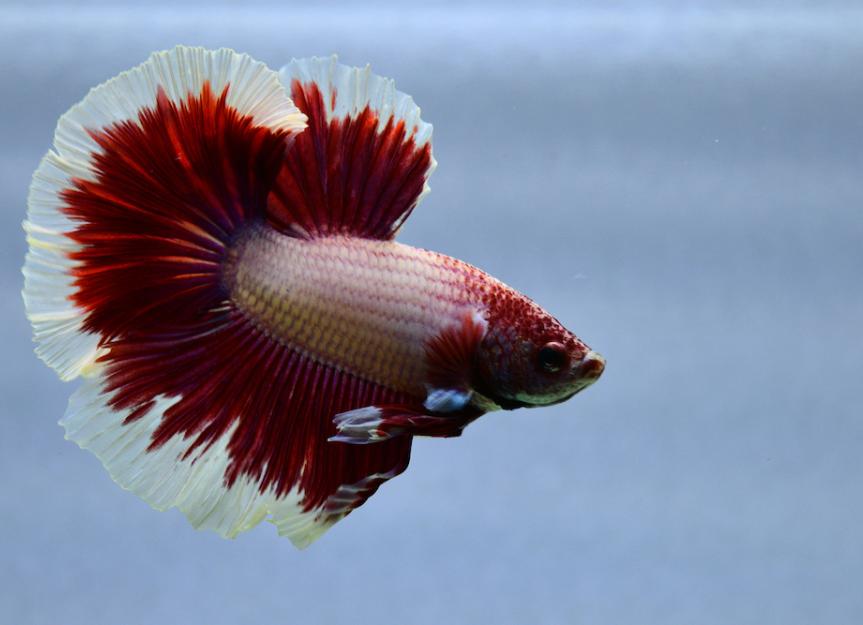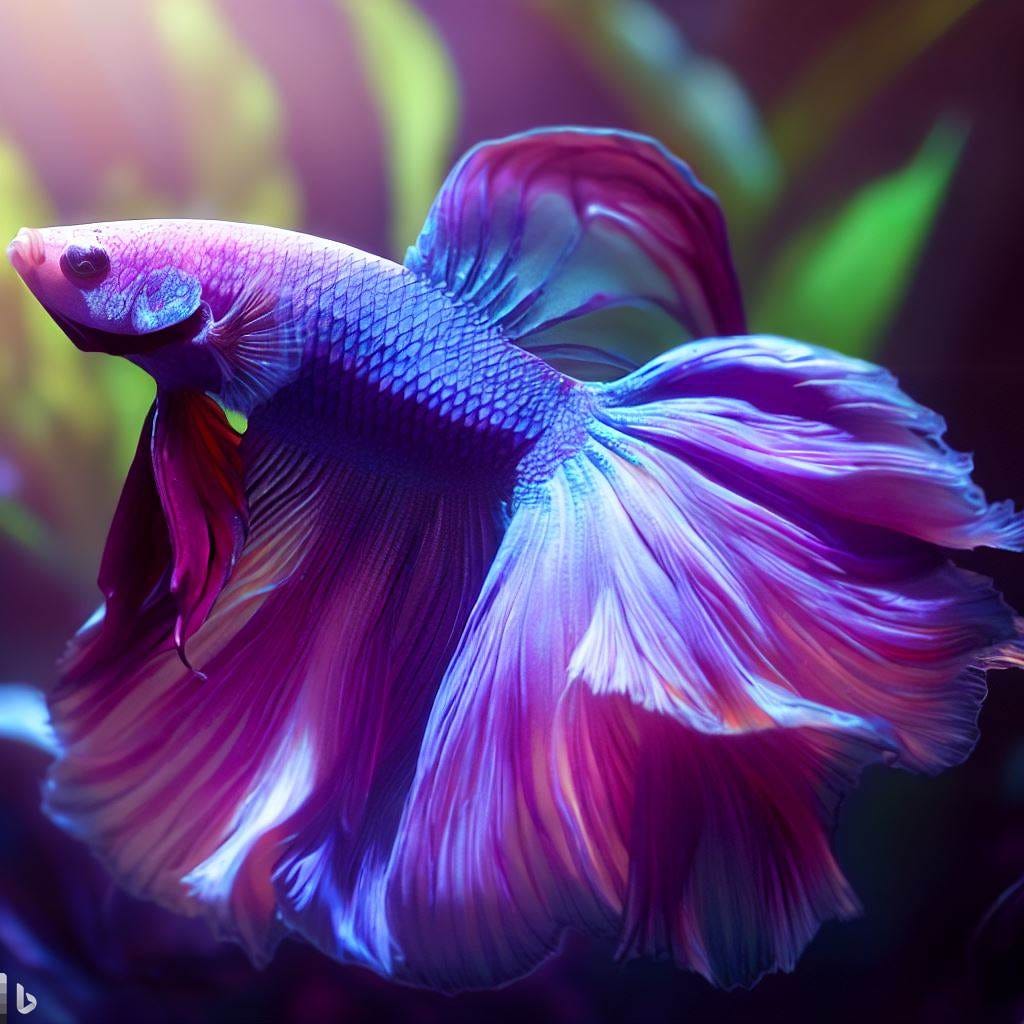Betta Fish Tank Setup: A Step-by-Step Guide for Beginners
Betta Fish Tank Setup: A Step-by-Step Guide for Beginners
Blog Article
Reproducing Betta Fish: a Comprehensive Step-By-Step Guide to Successfully Raising Child Bettas From Eggs to Adulthood
Reproducing Betta fish is a precise venture that calls for cautious planning and execution to make sure the successful advancement of fry from eggs to grow fish. As the male Betta diligently constructs a bubble nest and guards the priceless eggs, the succeeding phases of care and change demand attention to information and knowledge of best methods.

Picking Reproduction Pairs
When starting the trip of reproducing Betta fish, picking the appropriate reproduction pairs is critical to attaining preferable traits and a healthy and balanced lineage - betta fish. The very first step in this procedure is to determine the certain characteristics you desire to improve or maintain, such as shade, fin kind, and body form. It is vital to choose genetically diverse sets to stay clear of inbreeding, which can bring about wellness concerns and unfavorable characteristics
Evaluate possible reproducing prospects very carefully. A healthy male Betta needs to display vivid colors, an active demeanor, and well-formed fins, while the lady needs to also show dynamic pigmentation and a rounded stomach, indicating readiness for spawning. Observing the temperament of both fish is essential, as hostile or excessively timid individuals might not reproduce successfully.
Documentation of family tree is just as vital. Keeping documents of the parent fish's ancestry can aid you track hereditary characteristics and possible issues. Furthermore, seek advice from reliable breeders or online sources for support on selecting suitable pairs. Inevitably, spending time in the selection process will considerably boost the possibility of creating strong, vibrant children that satisfy your breeding objectives (betta fish).

Preparing the Breeding Container
Developing an optimal breeding atmosphere is a crucial action after picking ideal sets for Betta fish. The breeding tank need to be specifically developed to provide convenience and stimulate the all-natural breeding actions of the fish. Beginning with a tank size of a minimum of 10 gallons to make sure appropriate area for both the man and female Bettas.
Preserve a mild purification system to maintain the water tidy while preventing solid currents that can worry the fish. Furthermore, an air stone can be contributed to offer oxygenation without interfering with the water surface area excessive.
Temperature policy is vital; purpose for a stable series of 78-82 ° F(25-28 ° C) using a reputable heating system. The pH level must be maintained in between 6.5 and 7.5, and normal water adjustments are needed to ensure high water quality.
Incorporate drifting plants or generating sponges to produce concealing places for the lady, while additionally encouraging bubble nest building by the male - betta fish. Guarantee the storage tank is totally free from sharp decorations and any type of prospective hazards, as the well-being of the fish should constantly be focused on during this important stage of breeding.
The Breeding Refine
Normally, the breeding process for Betta fish entails a collection of unique and visible actions that indicate preparedness for recreation. The male Betta begins by developing a bubble nest at the water's surface, which works as a website for the fed eggs. This nest is crucial, as it supplies a secure atmosphere for the eggs until they hatch.
As soon as the nest is developed, the male will show courtship behaviors, such pop over to these guys as flaring his fins and displaying vibrant shades to attract the female. The female, upon sensing the male's preparedness, will react by displaying vertical red stripes along her body, indicating her receptiveness.
The fertilized eggs then drop to the bubble nest, where the male meticulously accumulates and returns them to the nest. Following this, the male presumes responsibility for guarding the nest and ensuring the safety of the eggs until they hatch out, generally within 24-36 hours.
Caring for Betta Fry
Taking care of Betta fry needs mindful attention to their atmosphere and nutrition to ensure healthy and balanced growth and advancement. After hatching, Betta fry are exceptionally tiny and vulnerable, demanding a secure and tidy environment. Maintaining a water temperature in between 78 ° F and 80 ° F is crucial, as Betta fry thrive in cozy conditions. Additionally, make sure that the water is devoid of hazardous toxins; normal water modifications of 10-20% are advised to preserve ideal water top quality.
Feeding Betta fry is equally crucial. Feed them little quantities a number of times a day, being cautious not to overfeed, which can lead to water quality issues.
Transitioning to Grownup Bettas
As Betta fry fully grown, transitioning them to grown-up Bettas is a critical stage that calls for cautious monitoring of their setting and social communications. This procedure typically begins when the fry get to around six weeks of age, whereupon they can be progressively introduced to an extra structured living atmosphere.
To facilitate this transition, it is necessary to make certain that the water parameters-- such as temperature, pH, and ammonia levels-- are optimum and secure. Grown-up Betta fish thrive in cozy water (around 78-80 ° F) with a pH of 6.5 to 7.5. Slowly acclimate the fry to these problems to minimize stress.
Social communications are an additional key element; man Bettas are notoriously territorial and this website aggressive. It is suggested to different men right into individual tanks as they mature. Female Bettas can be housed together, yet care should be taken to check for indications of hostility.
In addition, dietary changes need to be made as the fry expand. Include top quality pellets and live foods to sustain their growth and health. By managing these factors successfully, you can advertise a successful blog here transition to the adult years for your Betta fish.

Final Thought
Successful reproduction of Betta fish calls for careful attention to detail throughout the whole procedure, from picking genetically diverse sets to giving optimum care for fry. Additionally, a balanced diet regimen and gradual adjustment to adult atmospheres are important for the development and growth of Betta fish.
Report this page